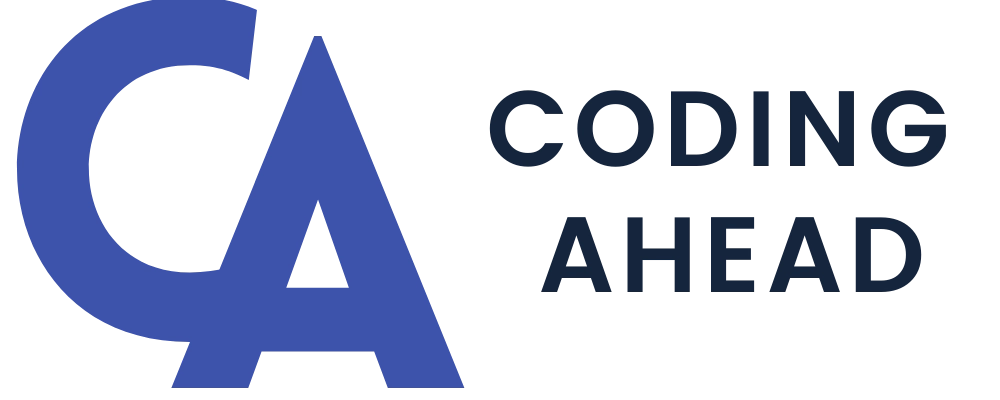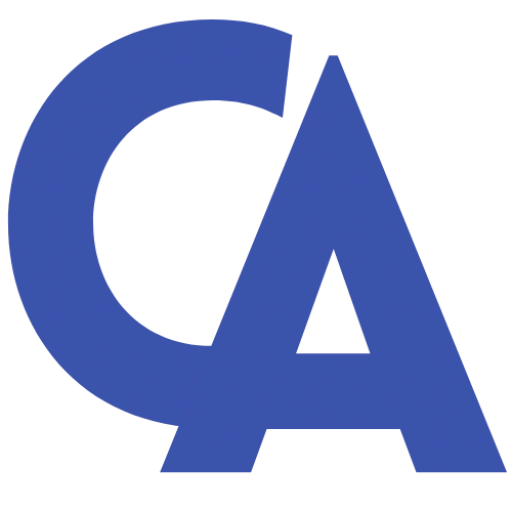(2023) Modifier 23 | Unusual Anesthesia Explained
The 23 modifier can be reported for unusual anesthesia. The description, billing guidelines, and reimbursement for this modifier are below.
Description Of Modifier 23
The 23 modifier can be used for unusual Anesthesia.
The official description of modifier 23 is: “Unusual Anesthesia.”
Occasionally, a procedure requiring either no anesthesia or local anesthesia because of unusual circumstances must be done under general anesthesia.
This is an informational modifier (like the HCPCS modifier RT & modifier LT).
Billing Guidelines
Modifier 23 should only be submitted with anesthesia CPT codes 00100 through CPT 01999. Anesthesiologists, Certified Registered Nurse Anesthetists (CRNAs), or anesthesiologist assistants (AAs) should submit the 23 modifier to indicate that a procedure generally performed under local anesthesia or with a regional block requires general anesthesia.
Report modifier 23 in the second modifier position. The modifier indicating the service was personally performed, medically directed, or medically supervised should be reported in the first modifier position.
Do not report the 23 modifier with procedure codes that include the term “without anesthesia” in the description.
Do not report modifier 23 with procedure codes usually performed under general anesthesia.
Reimbursement
Modifier 23 is informational only and does not affect reimbursement.



